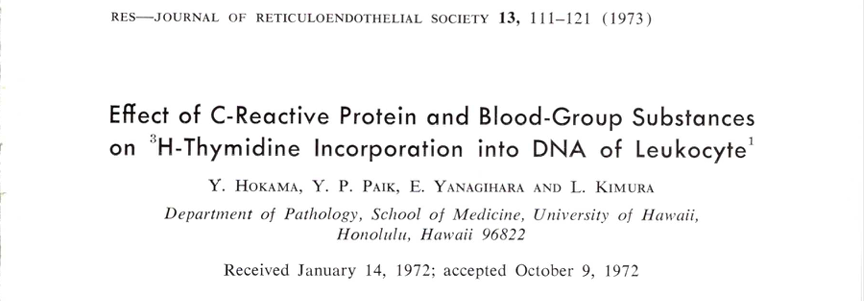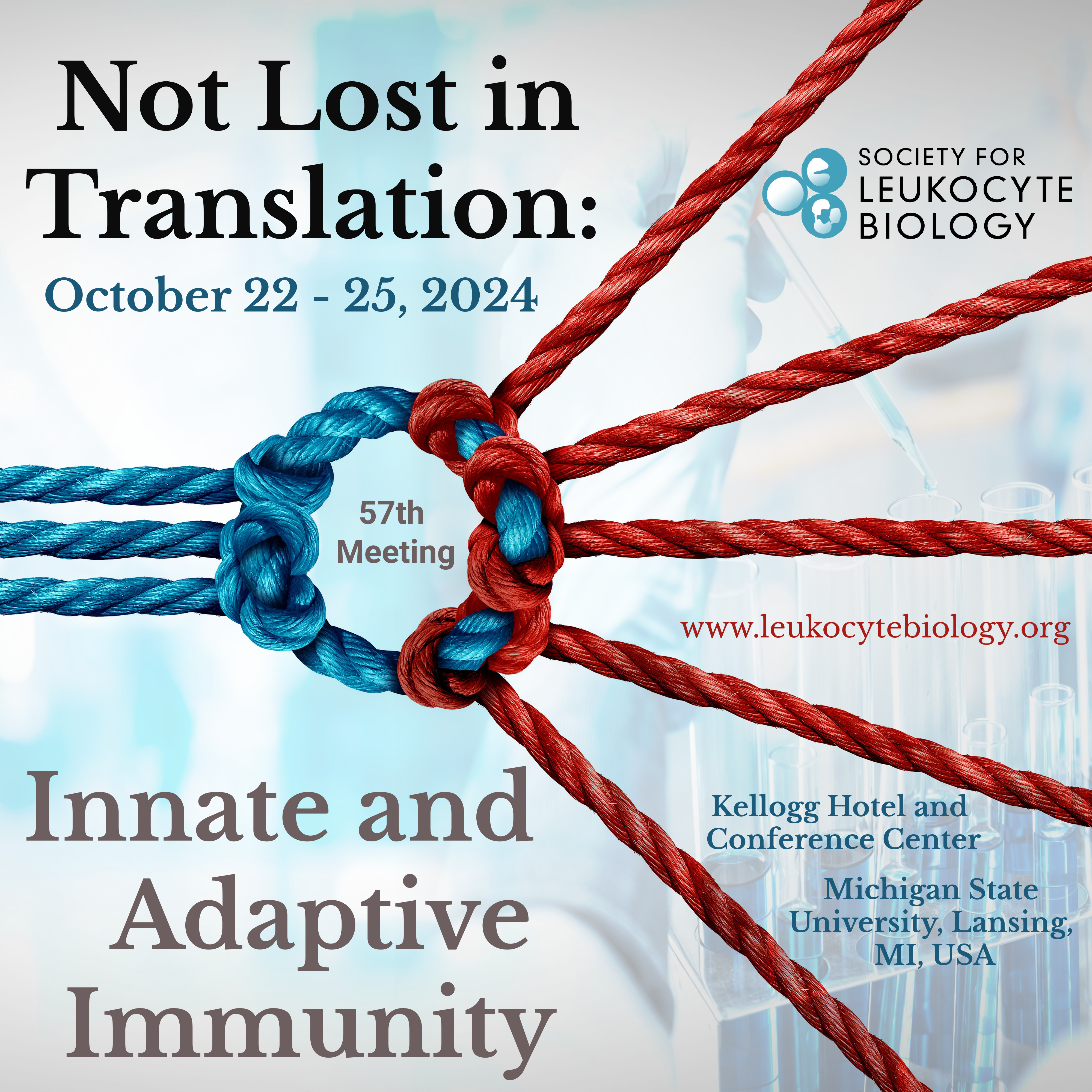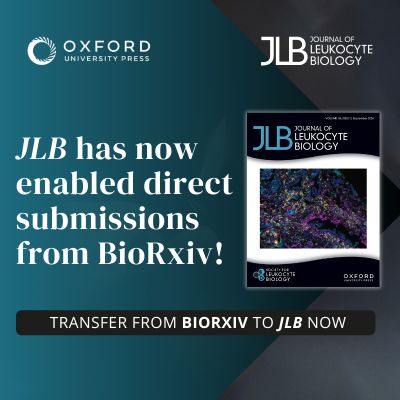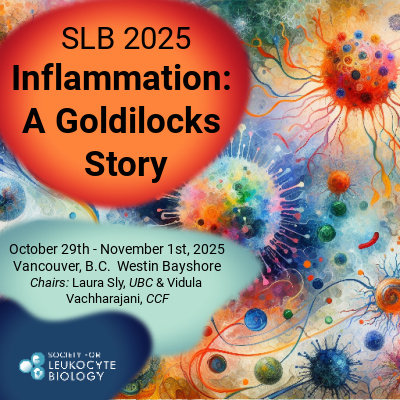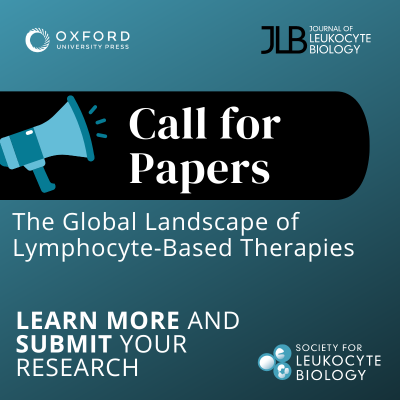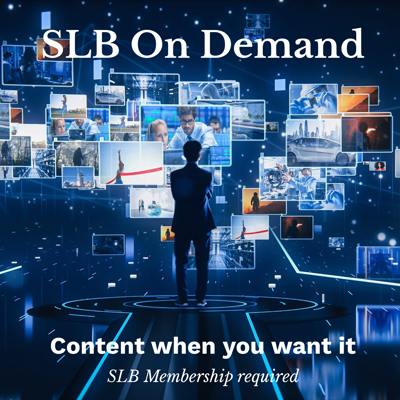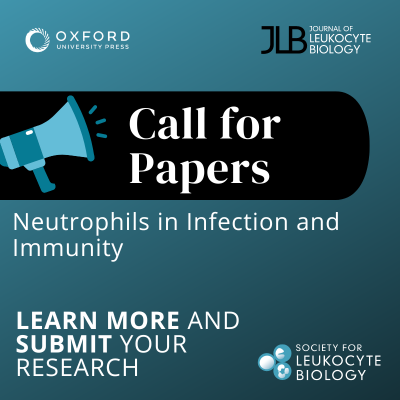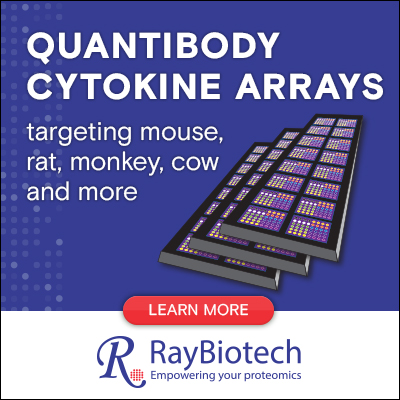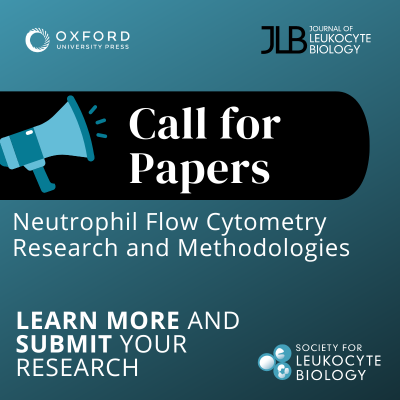| This Month in RES History - April '22 |
This Month in RES HistoryJoin Communication Committee member Samson Kosemani as he looks back into the great science hidden in the RES archives. In 1972....and coming from a lab in Hawai'i! Consider joining SLB in Hawai'i this year!
Lymphocytes in short-term tissue cultures in the presence of phytohemagglutinin (PHA), specific antigens, mitogens, and uni-directional mixed leukocyte cultures (MLC) are stimulated to lymphoblast transformation. This lymphocytic transformation, which incorporates 3H-thymidine into the DNA molecule, has been employed to study cell-mediated immune responses as well as tissue matching in MLC for transplantation histocompatibility research. In the 1960s, researchers discovered an unknown non-specific inhibitory substance(s) in the serum of people with cancer and other non-neoplastic disorders that inhibited 3H-thymidine incorporation into DNA in leukocyte cultures. However, in 1972, Hokoma and his colleagues used the assay procedure of 3H-thymidine incorporation into DNA in short-term tissue culture systems to investigate the effect of CRP, in addition to blood group substances (BGS), on leukocytes in culture and on the phytohemagglutinin (PHA)-induced transformation owing to previous reports of the appearance of C-reactive protein (CRP) and an increase in soluble blood-group substances (BGS) in the serum of cancer patients. CRP and BGS were found to be probable factors in the suppression of PHA stimulation in 3H-thymidine incorporation into DNA in their investigation. This was in line with the findings of the previous years. Hokoma et al further attributed this to alterations in the metabolic function of the cells caused by its binding to 5'-uridine monophosphate, 5'-adenine monophosphate, and perhaps di- and tri-phosphate esters, as well as a reduction of cellular growth caused by metabolic suppression of oxidases. In conclusion, a reduction in the overall number of viable cells would result in less radioactive material being incorporated.
Use your SLB membership to access this article and the entire RES archive! |

